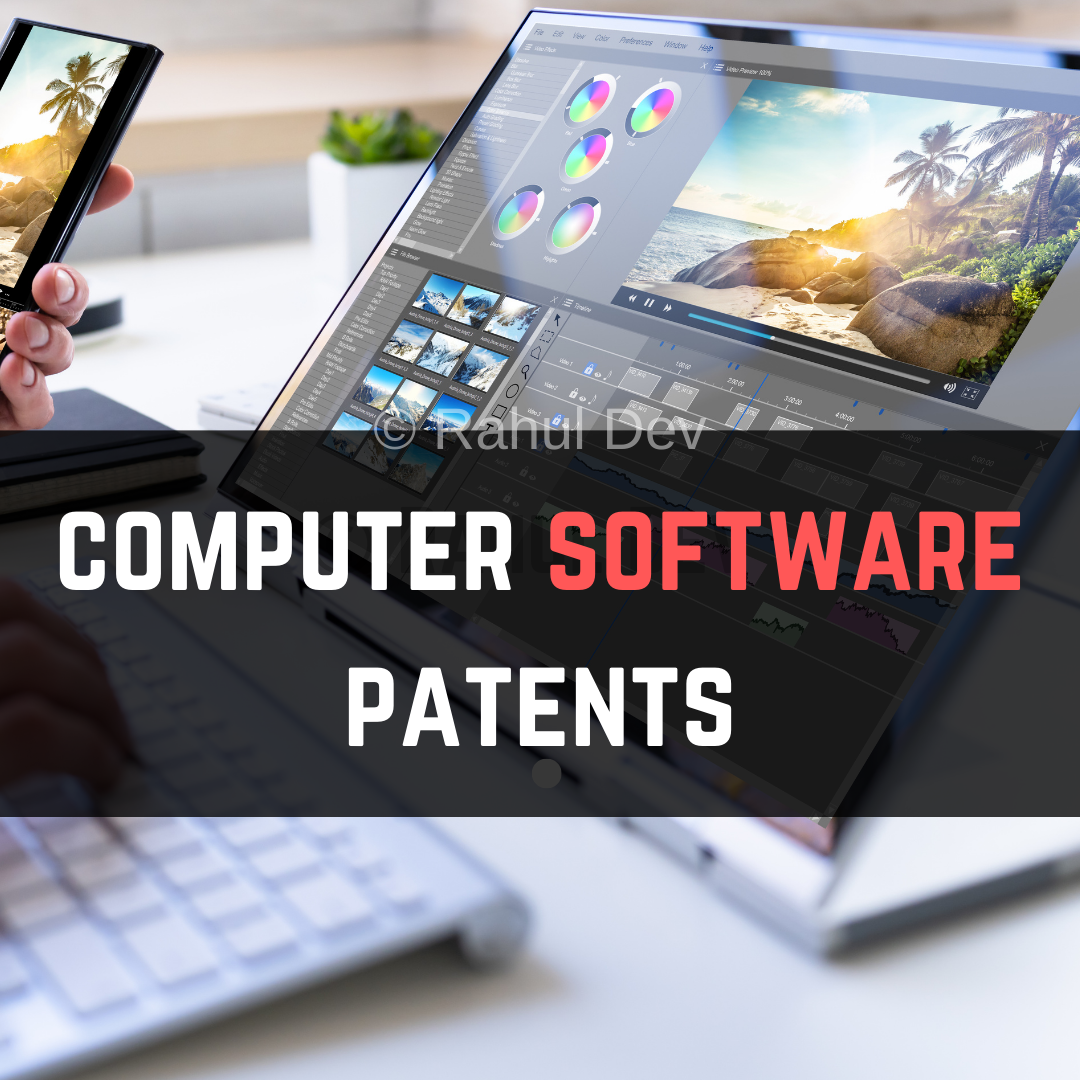

While all patent laws aim to do the same thing, the methodology of implementation and the actual laws itself differ. What’s common amongst all patents is its role to give all the rights of a product to the patentee, thus allowing him/her to monetize on their device or product for a fixed period.
The differences arise in terms of what can be patented and how the process works. This article focuses on the patent laws of India and the U.S to highlight the comparisons between the two.
The major difference between the laws in the two countries arises from the way the laws are stated. US takes a more illustrative approach where it states what CAN be patented. India’s patent laws on the other hand state what CANNOT be patented.
The Indian Patent Law doesn’t allow any minor changes or extensions to patents that are already granted. The U.S patent laws, however, grant this flexibility.
In the U.S, there’s something called the Utility patent. This allows the patenting of a discovery of a process or machine provided the discovery is novel, useful, and unobvious. This isn’t the case in India. India’s patent laws do not allow you to patent the mere discovery of a process, machine, or product.
India also doesn’t allow the patenting of software alone. Hardware or computer invention must accompany the software for it to be patented. This isn’t the case with the U.S. In the U.S, Software patents are granted.
Compulsory Licensing (CL) allows an individual or company seeking to use another’s intellectual property can do so without seeking the rights holder’s consent and pays the rights holder a set fee for the license. Compulsory Licensing is allowed both in the U.S and India.
Under Plant Patents, U.S allows one to patent the discovery or invention of a new plant. In India, no such provision exists.
New and novel business models can be patented in the U.S. India doesn’t allow this either.
From the above comparison, one can note that the U.S patent laws offer more flexibility than India. This arises from the conditions placed by the countries for WHAT can be patented.
The definition of ‘non-obviousness’ plays a role in this. Non-obviousness essentially means, the invention is not familiar to any other individual who possesses the same skill.
Naturally, the definition of such a term needs to follow well-defined rules as the perception may vary from person to person.
According to India’s Patent Laws, an invention is considered non-obvious IF ―a new product or process involving an inventive step and capable of industrial application. Something that is already known cannot be patented. An invention is deemed to be new on the priority date if it does not form part of the state-of-the-art i.e. part of the knowledge available to the public. Prior written or oral disclosure of the invention or any other way of thinking the knowledge available in a public manner before the date of filing of the patent application makes the invention a part of the prior art or state of the art.
By this definition, an invention is patentable if it has an industrial application. It mustn’t simply be plainly or logically derived from what is known. India attempts to test this by determining if any other individual with the same skillset, faced with the same problem would come up with a similar solution. If the answer to this question is yes, then the device fails to satisfy the definition of non-obviousness.
The definition followed by the U.S, while similar isn’t the same. One of the main requirements of patentability in the U.S. is that the invention being patented is not obvious, meaning that a “person having ordinary skill in the art” would not know how to solve the problem at which the invention is directed by using the same mechanism.
The testing method in the U.S is notably different. It first establishes the list of all similar prior inventions. Then it compares the two and spots the differences. Then, it comes with secondary features that may be non-obvious. So, even if the device itself is obvious if the secondary features established are non-obvious, then the device can be patented.



